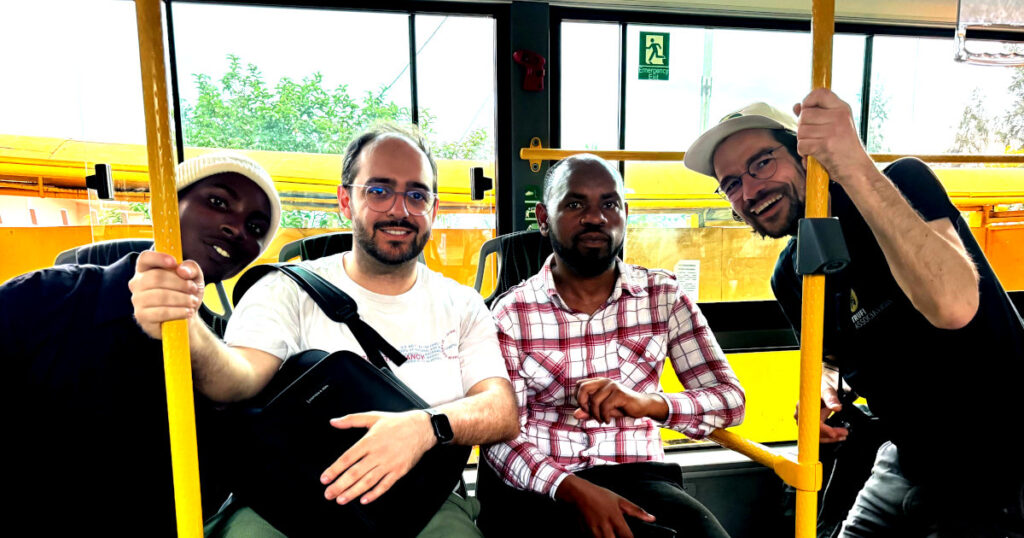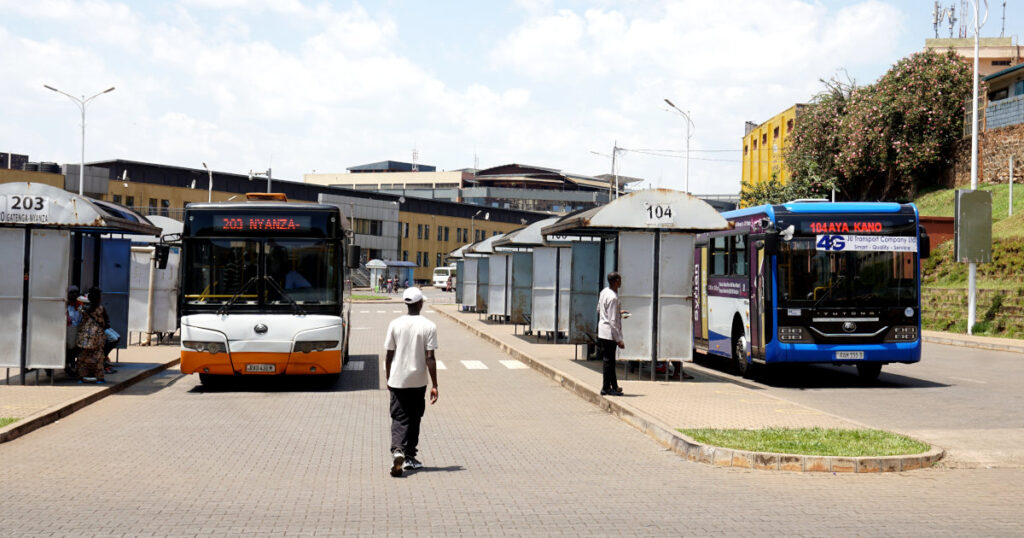My week in Kigali was awesome and I learned a lot about public transport here. Ground-work and networking is so important, and that was my job while my colleague Denis Paz Jimenez mainly focused on the operational planning of our project in Kigali.
I know now that the project is in good hands with my colleagues and our local and global partners.

Leading Indicators for Success in Kigali
I would like to use this last post to explain why I think that the Smart Mobility Lab with GIZ, Enrouteq, GIZ other partners, and our mobility app will be successful.
First, the transport authorities really see a chance and opportunity in using the digital technologies.
Second, support for public transport is very strong in Kigali, governed and organized by Rwanda Utilities Regulatory Authority (RURA), the City of Kigali and the Ministry of Infrastructure (MININFRA). All of these public institutions expressed a high commitment to our solution.
Third, the people in Kigali are accustomed to using technology, such as cashless payment, in many day-to-day interactions, including in transport.
Fourth, our solution is open source and hence can be used and adapted by the local partners. It can be easily used as the mobility app for Kigali – the app that helps the city to roll-out their mobility strategies.
Sixth, there is a culture of entrepreneurship here that is currently enabling several mobility startups to grow: just to mention few of them:
- Yenda offers e-bike sharing and tries to fill the gap between expensive motos and rare buses
- Ampersand produces and maintains nearly 2000 electric motorcycle taxis – e-motos – comprising about 20 percent of the Kigali moto fleet
- BasiGo is leasing e-buses to operators in order to make costs and operations better to plan
- Yego is the Uber of Rwanda and also includes moto taxis
- Volkswagen MOVE offers cars haring with a big electric vehicle fleet
All these actors, our projects, plus the expertise and willingness of the authorities will surely have a great impact in the next few years.
I am keen to see how Kigali’s transport is changing. And we at Trufi of course hope that transport becomes affordable for the many users who depend on it, and more attractive for even the people that can afford less eco-friendly options.
Calculating the Carbon
And last but not least: Was the trip worth it, considering the CO2 emissions created to bring me to Rwanda and back? Emissions are an important topic at Trufi. We want to avoid and reduce them as much as possible.
According to our logic: more attractive public transport → more public transport users → less cars bought and on the road. That’s why we love and promote walking, cycling, buses, car sharing, and all the mobility options that reduce emissions. In this paradigm, flying is of course the option of last resort. And indeed, my trip to Kigali has produced 2.6 tons of CO2 equivalents, as calculated on atmosfair. By comparison, the yearly amount a person should not exceed is 1.5 tons CO2 equivalents (also according to atmosfair).
Therefore, we had discussed the travel beforehand in the Trufi Board and decided it was worth the emissions because the possibilities and scale out effects here in Kigali are enormous. I would say: Yes, the trip was worth the emissions – and it is good to always consider CO2 emissions, so that flying becomes the exception rather than the default.

